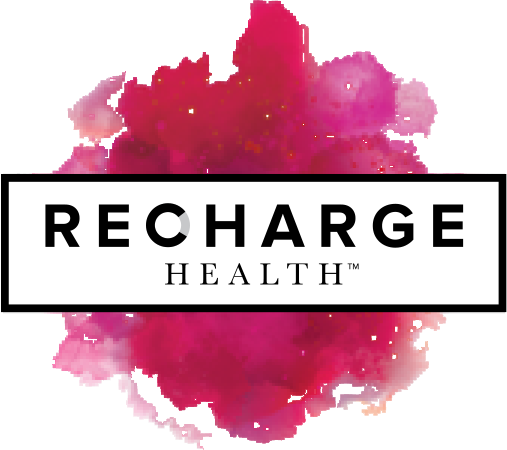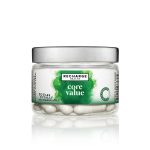You’ve probably been hearing a lot about the various types of probiotics lately. These supplements and foods contain live cultures of certain beneficial bacteria. When you take probiotics, the bacteria pass through your upper digestive tract into your gut. More and more studies are being done on the effects that the bacteria that live in the gut have on health, and the findings have come as a bit of a surprise to some doctors and researchers.
What science is now beginning to piece together is that the bacteria in the gut, also called gut flora or microbiome, are influence many different health functions. A good balance of gut bacteria can help protect against a range of serious problems, from type 2 diabetes to heart disease. Conversely, an imbalance in the gut flora can disrupt your digestion, your sleep, your mood and compromised immune system. The more we learn about the microbiome, the more it seems that understanding the balance—and making sure that the balance is correct—is key to ongoing health.
Enter probiotics, which may help create the kind of balance that you need to be healthier. Probiotics can be especially important for people who need to augment their gut flora with good bacteria, which may have been depleted by medications like antibiotics. If you struggle with digestive issues, probiotic

